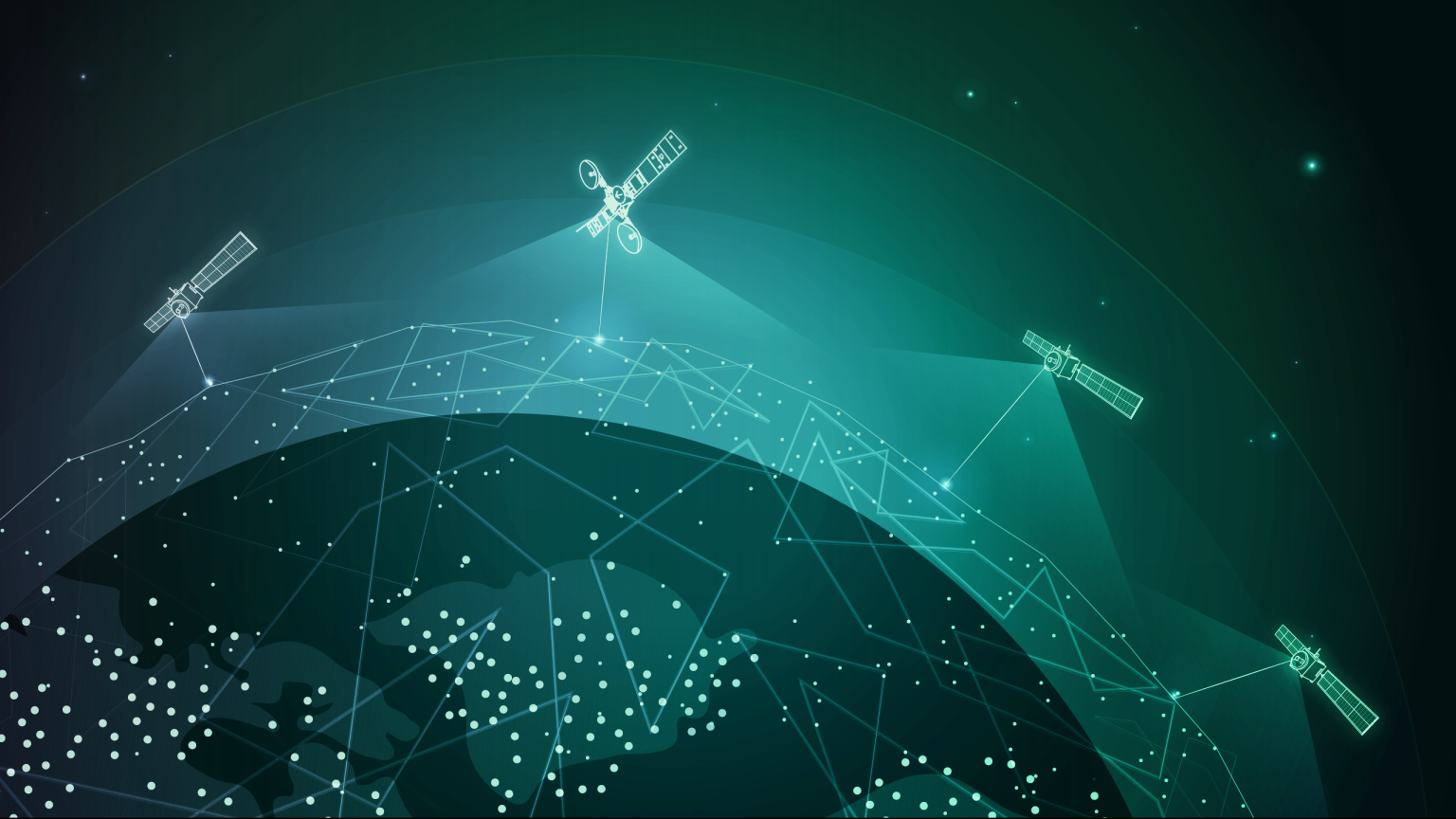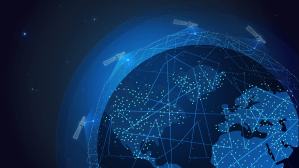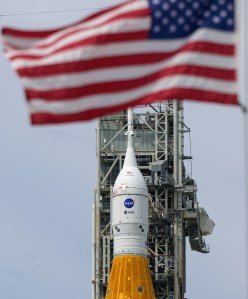On May 2, 2025, NASA’s SCaN (Space Communications and Navigation) Program hosted industry, other government agencies, and the mission user community for an internal town hall, detailing the future of NASA’s TDRS (Tracking and Data Relay Satellite) and the agency’s upcoming transition towards commercial relay service acquisition.
During the event, SCaN leadership discussed the agency’s plan to retire its legacy TDRS fleet and provided a status update on the anticipated operational lifespan of the satellite system, while the Communications Services Project outlined the agency’s upcoming transition towards leveraging commercial providers for emerging near-Earth satellite relay needs.
For over 40 years, the agency’s TDRS constellation has provided reliable communications services to a wide range of space missions, relaying signals between spacecraft, including the Hubble Space Telescope and the International Space Station, and ground control stations on Earth. In November 2024, NASA announced the retirement of the TDRS fleet, directing emerging missions to work with validated commercial service providers to satisfy their space relay requirements.
During the event, NASA announced that the SCaN program plans to release a request for information (RFI) this spring, seeking industry’s input on their ability to deliver viable space communications and navigation services. The RFI will also request insight to help address TDRS backward compatibility, position, navigation, and timing services, and market knowledge gaps, including cost models, anomaly resolution support, and terminal availability.
The town hall highlighted NASA’s commitment to transparency, innovation, and long-term planning of space communications and navigation strategy. Through SCaN’s upcoming request for information and continued stakeholder engagement, NASA aims to foster a competitive sustainable market that ensures reliable communications while reducing long-term operational costs.
These efforts are part of an ongoing commitment to growing the space communications marketplace. In 2022, NASA provided $278.5 million in funding to six domestic partners so they could develop and demonstrate space relay communication capabilities.
- Inmarsat Government Inc.
- Kuiper Government Solutions (KGS) LLC
- SES Space & Defense
- Space Exploration Technologies (SpaceX)
- Telesat U.S. Services LLC
- Viasat Incorporated































